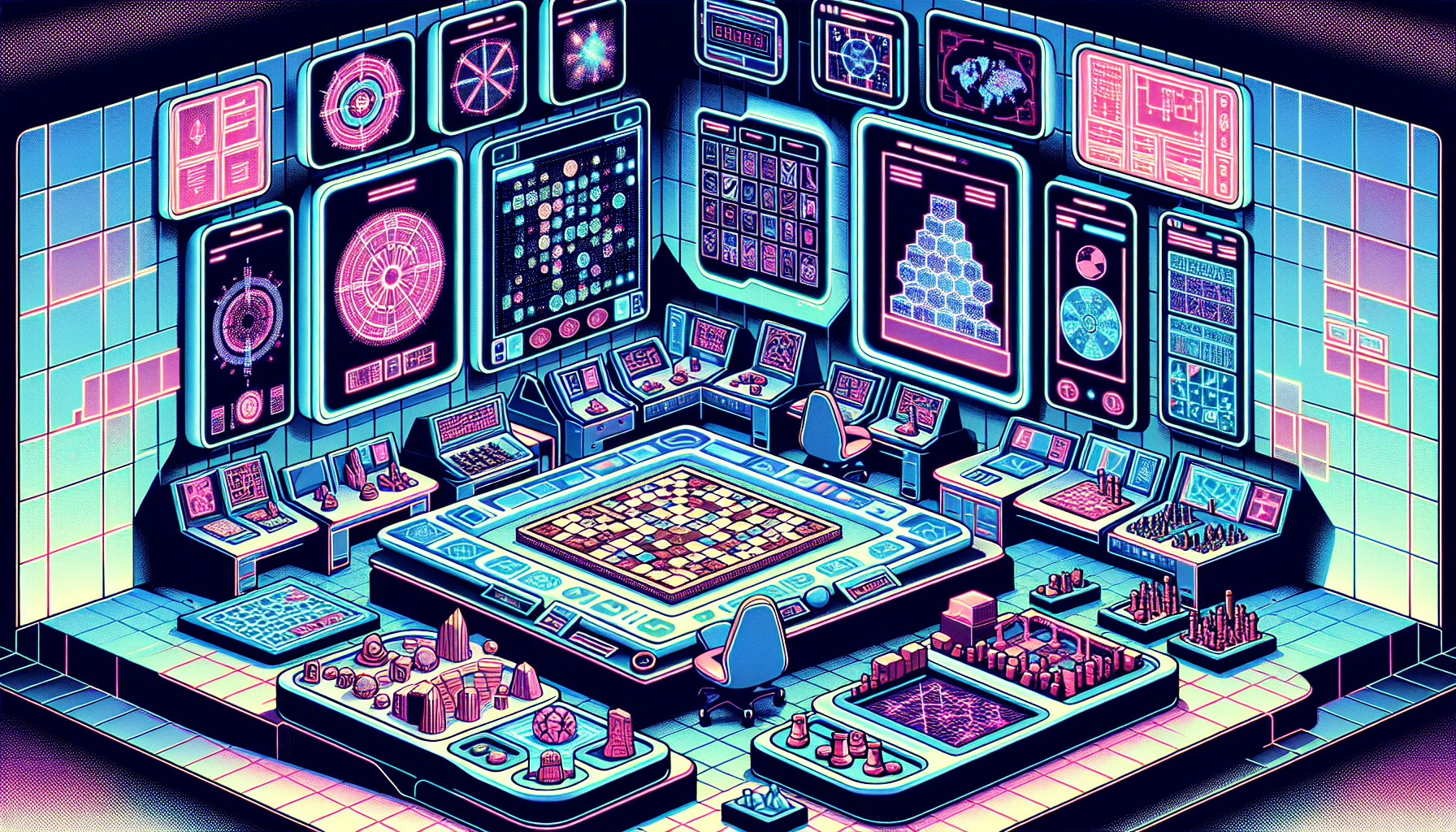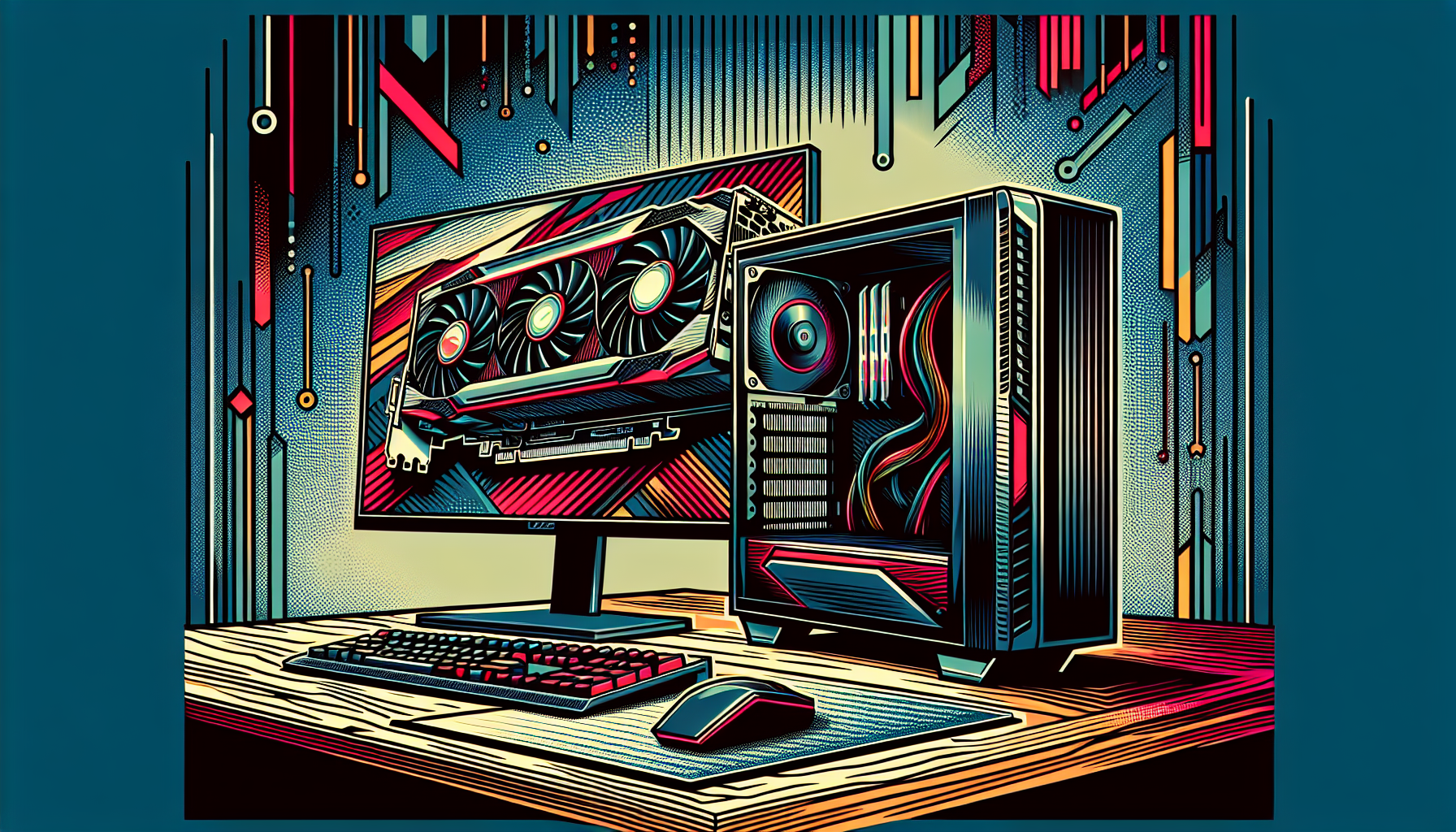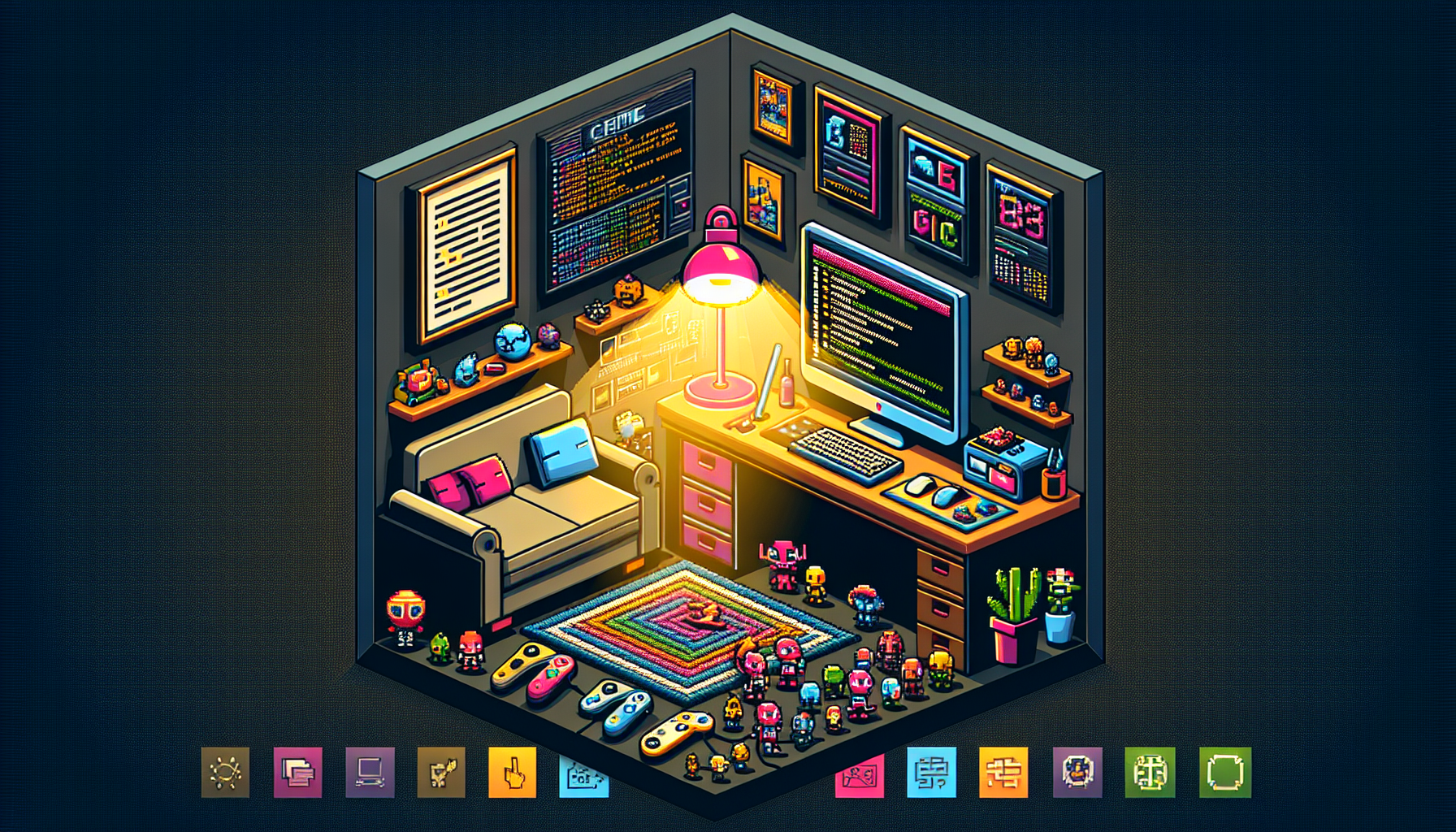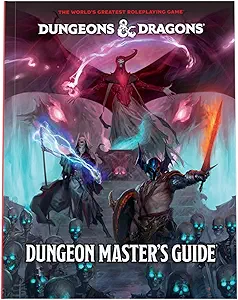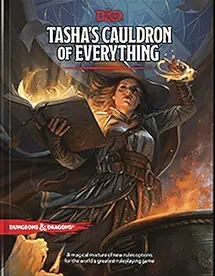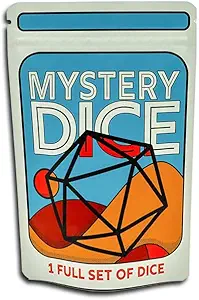Throughout human history, board games have been more than just a pastime. They’ve shaped cultures, conveyed stories, and mirrored the intricacies of life. While the sands of time have obscured the rules of many ancient games, modern AI is becoming the archeologist’s new brush, piecing together the fibers of our gaming ancestry. From the Royal Game of Ur to the Roman Ludus Latrunculorum, AI is making it possible to play games that might not have been played for millennia.
The rise of ancient board games reveals the complexity and significance they held in their respective cultures. Games like the Royal Game of Ur, Senet, and Ludus Latrunculorum aren’t just relics, but artifacts echoing the sociocultural milieu of their times. Uncovered in places like Shahr-i Sokhta, Iran, these games provide glimpses into the lives of ancient civilizations. The diversity of board games discovered in archaeological digs is vast and varied, including strategy games and those reflecting ritualistic activities. Each artifact offers clues into the culture from which it emerged. Yet many of these games remain orphaned of context due to the absence of surviving rulebooks. Traditional efforts to reconstruct these rules often rely on tenuous historical writings and educated guesses. The advent of AI is reshaping this landscape, offering innovative ways to uncover these missing links through data algorithms that simulate possible outcomes and rulesets.
AI’s transformative impact on game reconstruction cannot be overstated. With the continual advance of technology, researchers are harnessing AI’s computational power to breathe new life into antique relics. One notable figure in this endeavor is Eric Piette, a researcher focused on AI-driven history. He employs algorithms capable of simulating the rulesets of ancient board games. These algorithms don’t merely generate random outcomes; they analyze known data points and prior reconstructions to suggest viable ways these games were played. A prime example is the Roman game Ludus Latrunculorum. Historical documents provide a basic framework, yet AI extends beyond this, simulating various board sizes and game formats. Outstanding discoveries reveal how board size impacts gameplay dynamics, with larger boards significantly extending the duration of matches. Such findings provide fresh insights into the players’ experiences and perspectives. Piette notes, “Simulations were run with boards of various sizes…the game became mind-numbingly long as the board size increased.” These detailed reconstructions are validating historical theories while excitingly paving new avenues for further exploration of ancient games that lack complete rule descriptions.
Exploring the implications of AI in historical understanding reveals more than just gameplay. It unearths the social, cultural, and even political layers of bygone eras. Games, once tools to instruct youth or mimic warfare, now serve as lenses through which we view the strategic, competitive, and leisurely aspects of ancient civilizations. The integration of AI into historical study is reminiscent of the early days of computing—just like pioneers of the digital age marveled at the machine’s capacity to solve complex equations, today’s historians and game enthusiasts are thrilled by what AI can unearth from the remnants of the past. Future advancements hold the promise of enhancing this journey into history, not just deciphering ancient games, but recreating immersive experiences that combine the narratives of these games with interactive simulations powered by AI. Such recreations could make history tangible and vivid for modern audiences, turning ancient pastimes into pathways for understanding lost cultures.
AI’s role in reviving ancient board games uniquely bridges the present with the past, transforming static archaeological finds into dynamic embodiments of history. This melding of technology and heritage implores us to re-engage with these timeworn traditions, offering a fresh perspective on how cultures developed around them. As you uncover these ancient narratives, remember that each game decoded by AI opens up a new story waiting to be explored. Whether these discoveries lead us to new historical understandings or simply serve as reminders of the universality of games, they invite us to ponder the boundless possibilities AI holds in preserving and interpreting our collective past.
References and Links

